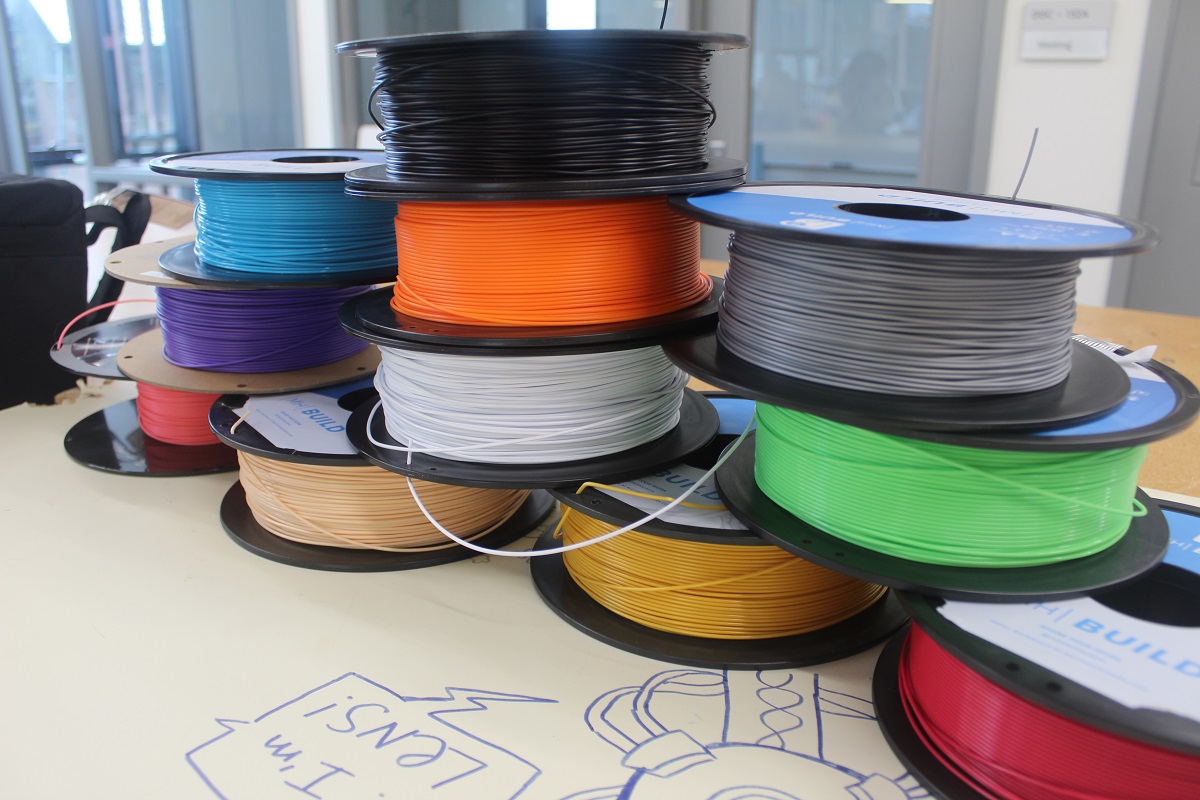Developing a Quality Control System for Recycled 3D Printing Filament by Munder Abukhder

Picture this – an assignment of yours is due in 24 hours. You decide to 3D print it and let it run overnight, but when you wake up, you realize your print has failed. I have been there – along with many of my peers, all due to filament quality issues. My project is rooted in sustainability, focused on ensuring recycled filament has a consistent diameter and minimal air bubbles for a successful print. I’m creating a device that takes your recycled spool and runs it through a diameter gauge and an OpenCV camera system (hosted locally) to ensure that you won’t run into these issues.
I learned that mechanical engineering is broad, and that learning doesn’t end in the classroom. Most of it happens beyond it—through projects like this that demand self-teaching across disciplines. Research is also deeply iterative and requires real adaptability: you think you have the answer, then testing challenges your assumptions. Each cycle pushed me toward a truer understanding of the field, the problem, and workable solutions.
My biggest obstacle came when I learned our Makerspace already had a recycling machine, sidelined by calibration issues and a missing filament grinder. I had to pivot my project scope since I initially wanted to make such a machine myself. I was lost, and immediately reached out to my mentor. Under her guidance, she verified that the idea of a filament quality control (QC) machine was good (I got this idea from watching how filament is made in a factory), that we could use it to tune/calibrate the current machine, and ensure that the end product was reliable. Having a knowledgeable mentor that I knew I could rely on was a critical part of my research experience.
My planned next steps in my research project are to consolidate all pieces, create a functional GUI on an LCD and an operating manual for the machine. This way, I can present a polished final product to the Collaboratory and train the employees there on how to use it. I hope to make my work available to other makerspaces and schools worldwide who want to enhance their 3D printing programs sustainability initiatives and reliably produce their own recycled filament.
My advice to future UW Bothell undergrad researchers is simple – dive right in. This may seem trivial, but hearing this advice my first time would’ve benefited me. Sometimes, we worry so much about the “what ifs” and unknowns that research presents, that we hold back on diving right in. Diving in often begins with days of reading various research, watching videos, and scanning forums to grasp your topic from all angles.
Depending on your research, you may even decide to schedule a tour of a local company that does work in your research field. Most importantly, don’t be afraid to ask questions and be curious. Being an undergrad researcher means being curious—not just to learn, but to validate and sometimes discover new methods. Everyone is here to help, and the courage to begin is what unlocks opportunity.
Learn more about the Research & Creative Projects for Undergrads at UW Bothell.
Cover image: Spools of filament stacked, photo courtesy of UW Bothell Makerspace.